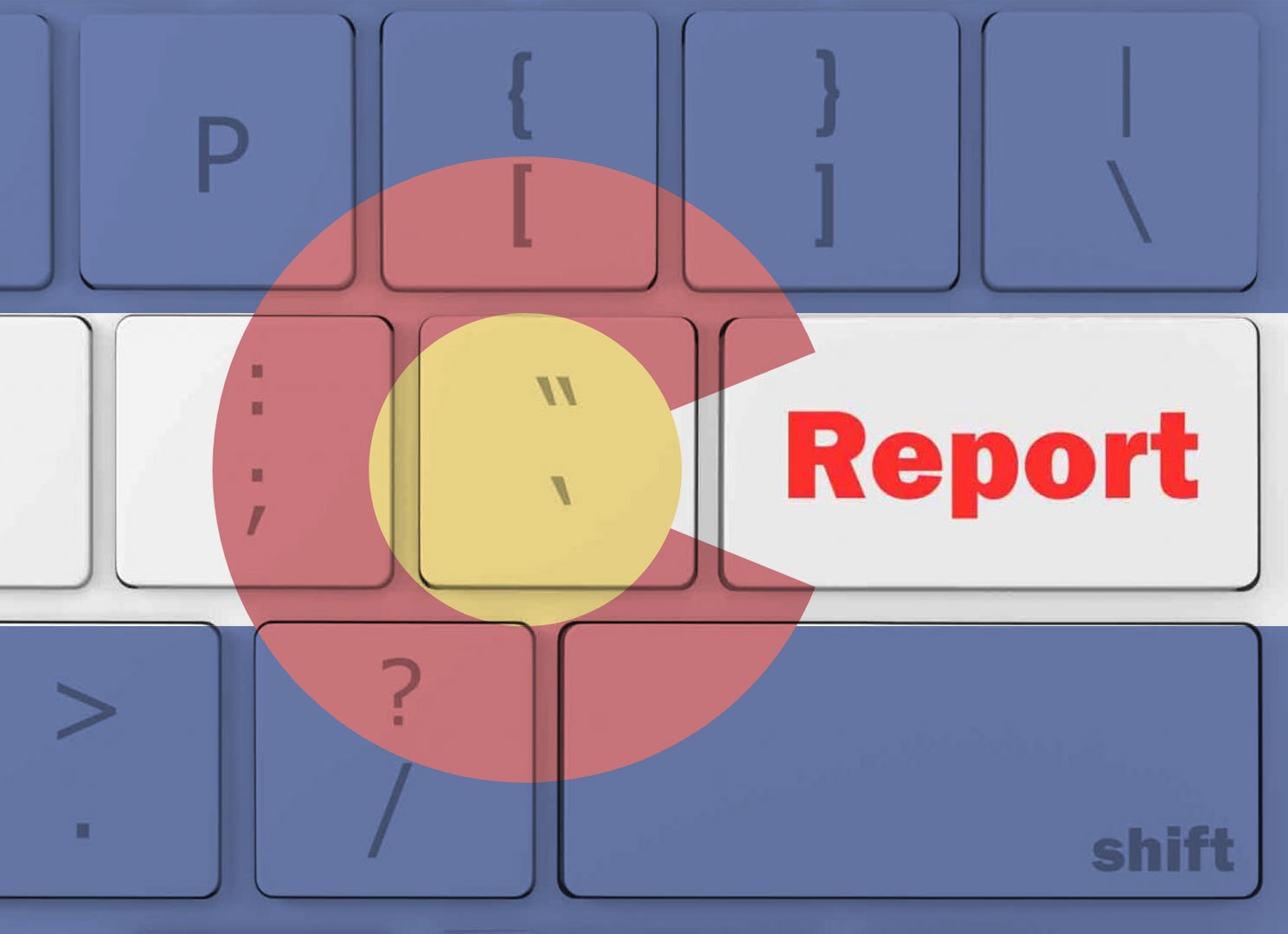
And once you’re done reading you can find out the estimate value of your home here:
Click Here for a Free Instant Home Valuation to find out what your home is worth.
What is the Gallagher Amendment?
The Gallagher Amendment was enacted in 1982 with the goal of maintaining a consistent ratio between residential and non-residential property tax revenue. According to the amendment, residential properties accounted for approximately 45% of the total revenue, while non-residential properties made up the remaining 55%. Over the years, due to Colorado’s rapid population growth and increasing residential property values, the amendment gradually reduced the residential assessment rate.
The New Tax Assessment in Colorado
In 2021, Colorado voters approved Amendment B, which repealed the Gallagher Amendment. This decision carries significant implications for property tax assessments. With the repeal of the Gallagher Amendment, the residential assessment rate is now frozen at 7.15%, no longer subject to reductions as residential property values rise.
Effects on Home Values and Mill Levies
While the freeze in the new tax assessment provides homeowners with more predictability, its impact on home values and mill levies will be multifaceted. On one hand, homeowners may experience a potential increase in their property taxes, which could affect home values. As of 2023, the median home value in Colorado stands at $450,000, showing steady growth.
Conversely, the tax assessment changes could bring stability to mill levies, which are used to calculate the amount of property tax owed. Previously, local governments often had to raise mill levies to compensate for the declining residential assessment rate. With the rate frozen, mill levies may experience less frequent increases, providing greater predictability for homeowners and local government budgets.
How are Home Tax Assessments Determined?
In Colorado, property tax assessments occur every two years during odd-numbered years. The assessor’s office evaluates a property’s market value based on its characteristics and comparable property sales. The assessed value is then calculated by applying the assessment rate (currently 7.15% for residential properties) to the market value. This estimated value, along with the local mill levy, determines the property tax owed.
Conclusion:
The repeal of the Gallagher Amendment and the introduction of a new tax assessment system in Colorado mark a substantial transformation in the state’s property tax scenario. Although the long-term impacts on home values and mill levies are still unfolding, these changes provide homeowners and real estate investors with enhanced predictability. It is vital for current and potential Colorado real estate owners to stay updated and well-informed about these tax changes
Appealing the Colorado Tax Assessment

